Japanese Curry Udon (Kare Udon)
This deeply satisfying Japanese Curry Udon (Kare Udon) features a mild, slightly sweet Japanese-style curry sauce that is dialled perfectly — with a viscosity somewhere between sauce and broth — to enrobe each chewy udon strand for the perfect, tasty bite.
I always like to point out that Japanese curry is one of the best ways to introduce this type of flavour to children or spice-shy adults because it is mild and sweet and full of umami.
You’ll notice my Japanese Curry Udon recipe doesn’t use store-bought Japanese curry roux cubes found in many Japanese curry recipes. Although very convenient, commercial curry roux cubes have lots of additives I rather not put into a homemade meal — the logic in my mind is that it kind of defies the purpose of cooking at home?! But of course sometimes a shortcut is needed so if you are using curry roux cubes, skip the first step of making the roux and proceed to the subsequent steps in the recipe!
Contrary to popular belief, Japanese curry is super easy to make without the store-bought cubes! It takes about 10 minutes at the start of the recipe to make the 3-ingredient curry roux — flour, butter and curry powder. That’s it. I learned this technique from Just One Cookbook.
This Japanese Curry Udon is a recipe in my 30 Minute Recipes series! Peep the other recipes in the series if you’re into quick and healthy, family meals that can be prepared in 30 minutes or less.
Eat well + be well,
Sonia x
🎥 watch video for Japanese Curry Udon (Kare Udon):
Recipe Notes for Japanese Curry Udon
Japanese curry roux from scratch versus store-bought
This is a homemade version of the store-bought Japanese curry cubes used ubiquitously in Japanese curry recipes. Although very convenient, store-bought curry roux cubes have many additives I personally prefer to avoid. Contrary to popular belief, Japanese curry is super easy to make from scratch without the cubes! It takes 15 minutes at the start of the recipe to make the 3-ingredient curry roux — flour, butter and curry powder. That’s it! You can even scale up the roux recipe and freeze extra portions for future use. I learned this from Just One Cookbook and stopped buying store-bought cubes.
2. S&B curry powder and alternatives
I use S&B brand “oriental curry powder”, a Japanese spice blend containing some of the usual suspects in “curry powder” such as turmeric, coriander, fenugreek, cumin, chili pepper, ginger, etc. plus mandarin orange peel which is a little different. This brand is usually found at Japanese or other well-stocked East Asian supermarkets, as well as online (albeit at a premium price). If you can’t source S&B specifically, substitute with your favourite mild “curry powder” blend and it will work very well in the recipe.
3. What type of udon should I use?
Udon noodles come in a few forms: homemade, frozen, fresh vacuum packed and dried. I always use frozen udon because they are easy to find, convenient and have great texture when cooked.
4. What can I substitute for thinly-sliced meat if I can’t find that?
This style of very thinly sliced meat is commonly sold frozen at Chinese, Korean or Japanese supermarkets. If you have great knife skills, you can slice the meat yourself (freeze partially to make it easier). Alternatively, I often use ground meat too. Whether you choose sliced or minced meat, you can use what you like e.g. beef, chicken, pork.
5. Can I make this recipe meatless?
For a meatless version, sear some mushrooms instead. Ones that I love for this recipe are any one or a mixture of shiitake, king oyster mushrooms, shimeji and oyster mushrooms. Sear mushrooms in batches on high heat with some oil to get nice brown edges and set aside, then proceed with the curry sauce steps. Add them into the sauce at the end to heat back through before serving over udon.
6. What is instant dashi?
Dashi is a foundational element in Japanese cooking. It is a flavourful broth made from seaweed (kombu) and smoked bonito flakes (katsuobushi). The optional instant dashi powder is a quick hack I use to add a uniquely Japanese flavour and umami that I love but is not an absolute must because we are already using broth in this recipe. I often use kombu dashi powder, a vegetarian version made just from dried kelp alone.
7. What is mirin?
Mirin is similar to sake in that it is a rice wine but with higher sugar and less alcohol. The real deal mirin is made from sweet rice and rice koji. That is what you should look for in the ingredients list, along with water and sea salt. Ideally, avoid the imitation version (aji-mirin) containing added sugar, glucose syrup and/or corn syrup. You can find mirin in Japanese and other East Asian grocery stores, online (e.g. Amazon) and health food stores. I’ve had a harder time finding proper mirin in the international aisle of well-stocked grocery stores which tend to stock aji-mirin. Eden Foods (an American company) and Koyo Foods (a Canadian company) both make organic mirin available in the U.S. and Canada. If you can’t find mirin, substitute equal parts sake and sugar.
8. Dark chocolate
Dark chocolate is an ingredient some Japanese home cooks add to their curry. A “secret ingredient”, if you will! Similar to the use of chocolate in Mexican mole, adding that little bit of dark chocolate in the curry adds richness and deepens the colour without overt chocolate flavour. I use chocolate with at least 70% or higher cacao.
You may also be interested in these other recipes:
Japanese Curry Udon (Kare Udon)

Japanese Curry Udon (Kare Udon)
Ingredients
- 3 tbsp (42g) unsalted butter
- 5 tbsp (42g) all-purpose flour
- 2 tbsp S&B curry powder (note 2)
- 4 servings udon noodles (note 3)
- 1 lb (450g) very thinly sliced, shabu-shabu style beef, pork or chicken – defrosted (notes 4 & 5)
- 2 large carrots, peeled and cut into ½” pieces
- 1 medium white onion, thinly sliced lengthwise
- 5 C broth of choice (I use chicken broth), plus 1 additional cup of broth (or hot water) to thin out consistency if desired
- 1 x 8g packet instant dashi, optional (note 6)
- 1 tbsp soy sauce
- 1 tbsp mirin (note 7)
- 2 tbsp honey, more or less to taste
- 15g or a few small squares of dark chocolate, optional (note 8)
- Salt to taste
- Oil for cooking (I use avocado oil)
- chopped scallions
Instructions
- Make the curry roux: Melt butter in a small pot over medium-low heat. As soon as butter is melted, whisk in flour and cook until roux has turned a golden brown (not dark brown), about 10-12 minutes. Whisk almost continuously and watch closely so as not to burn the butter, adjusting heat as needed. Add curry spice and whisk well. Cook for 30 seconds more. Remove from heat.
- Boil pot of water for udon: Start bringing a large pot of water to a boil for blanching udon.
- Sauté meat and vegetables: Heat a pot over medium-high heat. Once hot, add a drizzle of oil and sliced meat. Sauté with a little bit of salt until meat is just done. Don’t overcook. Scoop out and set aside. Pour out any excess oil. Turn heat down to medium. Add a drizzle of oil (if there was no fat from cooking the meat) and add the carrots and onions. Add a sprinkle of salt and sauté until carrots are just tender and onions are softened.
- Add remaining curry ingredients: Add broth, instant dashi (if using), soy sauce and mirin. Bring to a simmer. Add the dark chocolate (if using) and the curry roux. If the curry roux hardened from cooling, scoop ladle of hot broth to loosen until scoopable. Simmer and stir until curry roux is incorporated and no lumps remain. You can smoosh any stubborn roux lumps with the back of a spatula against the side of the pot to break it apart. Taste and add honey as needed to take off any bitter edge of the spices, depending on curry blend used. Simmer low uncovered 3 minutes or until slightly thickened. Check consistency. Thin with more broth or hot water for a thinner soupy consistency or simmer a little longer for a thicker, sauce-like consistency. Once happy with consistency, taste a final time and add any salt, soy sauce or honey to taste. Turn heat to very low and add back cooked meat just to heat through but don’t overcook the meat.
- Cook udon: A couple of minutes before the sauce is ready, blanch udon according to package directions (freezer udon usually cook from frozen only a minute or so, until loosened and fully heated through). Drain.
- Serve: Divide noodles among serving bowls. Ladle curry on top. Garnish with scallions. Enjoy!
Notes
- This is a homemade version of the store-bought Japanese curry cubes used ubiquitously in Japanese curry recipes. Although very convenient, store-bought curry roux cubes have many additives I personally prefer to avoid. Contrary to popular belief, Japanese curry is super easy to make from scratch without the cubes! It takes 15 minutes at the start of the recipe to make the 3-ingredient curry roux — flour, butter and curry powder. That’s it! You can even scale up the roux recipe and freeze extra portions for future use.
- I use S&B brand “oriental curry powder”, a Japanese spice blend containing some of the usual suspects in “curry powder” such as turmeric, coriander, fenugreek, cumin, chili pepper, ginger, etc. plus mandarin orange peel which is a little different. This brand is usually found at Japanese or other well-stocked East Asian supermarkets, as well as online (albeit at a premium price). If you can’t source S&B specifically, substitute with your favourite mild “curry powder” blend and it will work very well in the recipe.
- Udon noodles come in a few forms: homemade, frozen, fresh vacuum packed and dried. I always use frozen udon because they are easy to find, convenient and have great texture when cooked.
- This style of very thinly sliced meat is commonly sold frozen at Chinese, Korean or Japanese supermarkets. If you have great knife skills, you can slice the meat yourself (freeze partially to make it easier). Alternatively, I often use ground meat too. Whether you choose sliced or minced meat, you can use what you like e.g. beef, chicken, pork.
- For a meatless version, sear some mushrooms instead. Ones that I love for this recipe are any one or a mixture of shiitake, king oyster mushrooms, shimeji and oyster mushrooms. Sear mushrooms in batches on high heat with some oil to get nice brown edges and set aside, then proceed with the curry sauce steps. Add them into the sauce at the end to heat back through before serving over udon.
- Dashi is essential to Japanese cooking. It is a flavourful broth made from seaweed (kombu) and smoked bonito flakes (katsuobushi). The optional instant dashi powder is a quick hack I use to add a uniquely Japanese flavour and umami that I love but is not an absolute must because we are already using broth in this recipe. I often use kombu dashi powder, a vegetarian version made just from dried kelp alone.
- Mirin is similar to sake in that it is a rice wine but with higher sugar and less alcohol. The real deal mirin is made from sweet rice and rice koji. That is what you should look for in the ingredients list, along with water and sea salt. Ideally, avoid the imitation version (aji-mirin) containing added sugar, glucose syrup and/or corn syrup. You can find mirin in Japanese and other East Asian grocery stores, online (e.g. Amazon) and health food stores. I’ve had a harder time finding proper mirin in the international aisle of well-stocked grocery stores which tend to stock aji-mirin. Eden Foods (an American company) and Koyo Foods (a Canadian company) both make organic mirin available in the U.S. and Canada. If you can’t find mirin, substitute equal parts sake and sugar.
- Dark chocolate is an ingredient some Japanese home cooks add to their curry. A “secret ingredient”, if you will! Similar to the use of chocolate in Mexican mole, adding that little bit of dark chocolate in the curry adds richness and deepens the colour. I use chocolate with at least 70% or higher cacao.
Nutrition Facts
Calories
1280Fat
128 gSat. Fat
41 gCarbs
32 gFiber
3 gNet carbs
29 gSugar
16 gProtein
3 gSodium
1556 mgCholesterol
119 mgDisclaimer: nutritional information is auto-generated and may not be 100% accurate.
Please consider leaving a star rating or a comment to let me know what you think about this recipe and to help other readers find it. Or if you have any questions, drop it in comments below — I’m always happy to help!

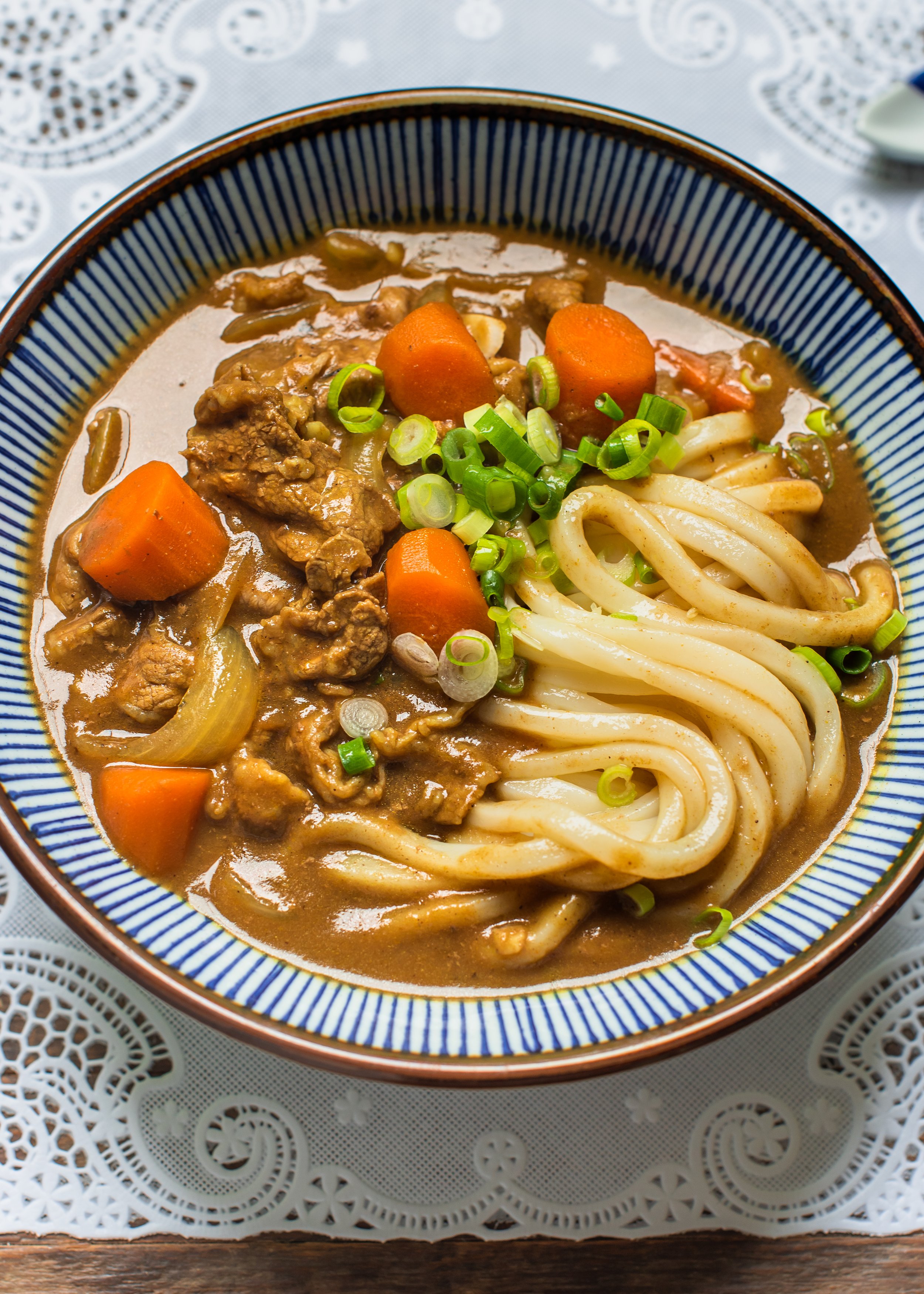

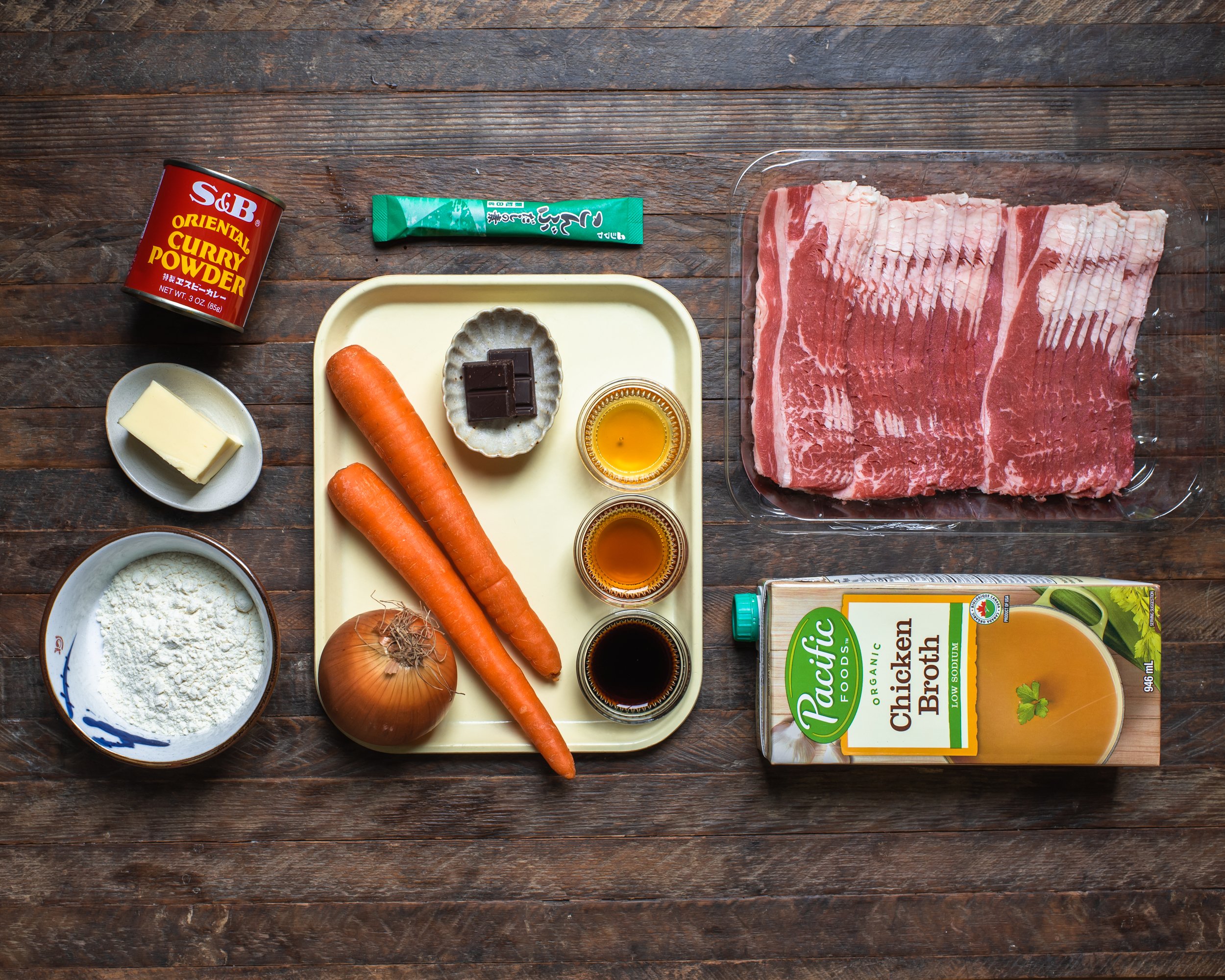
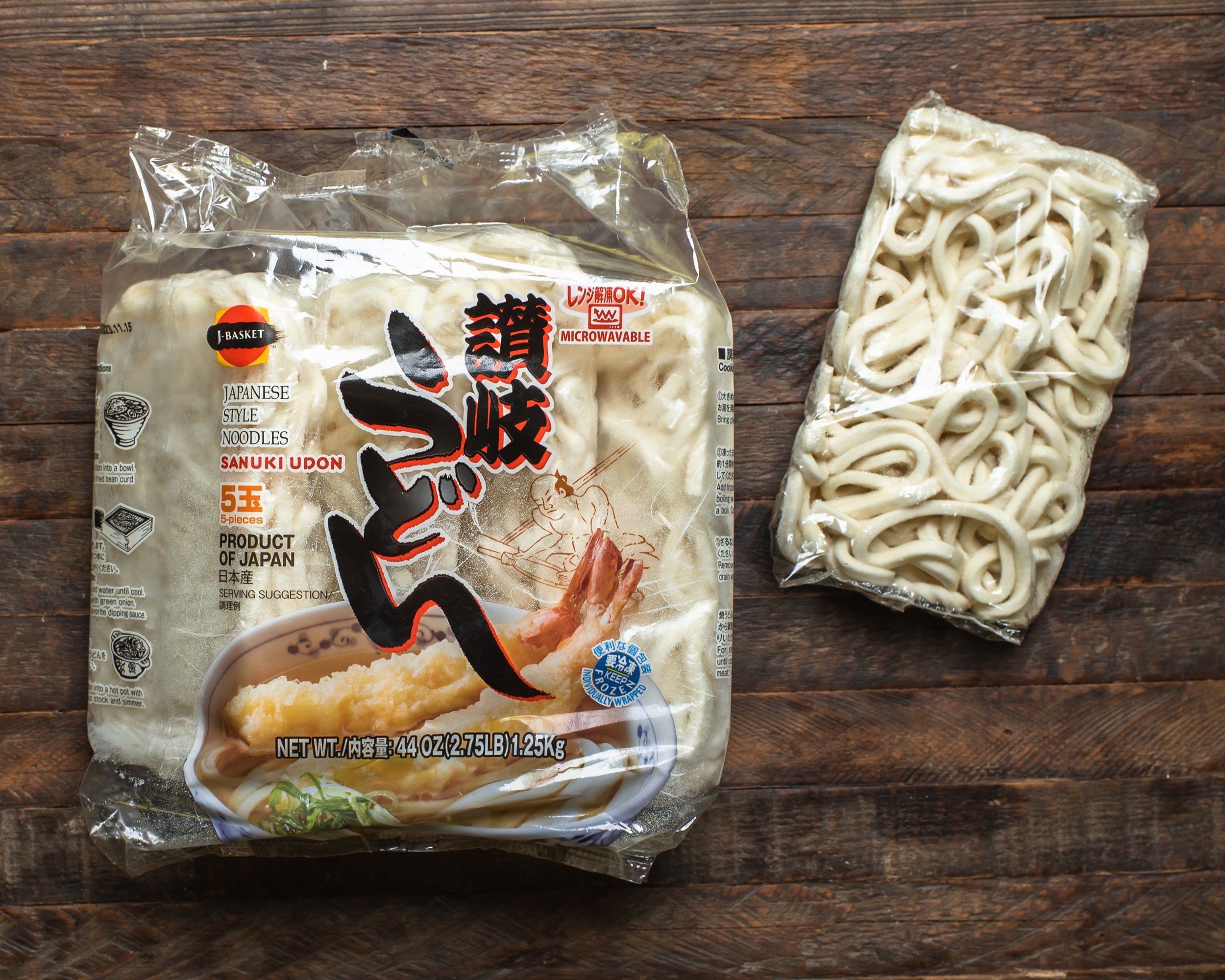


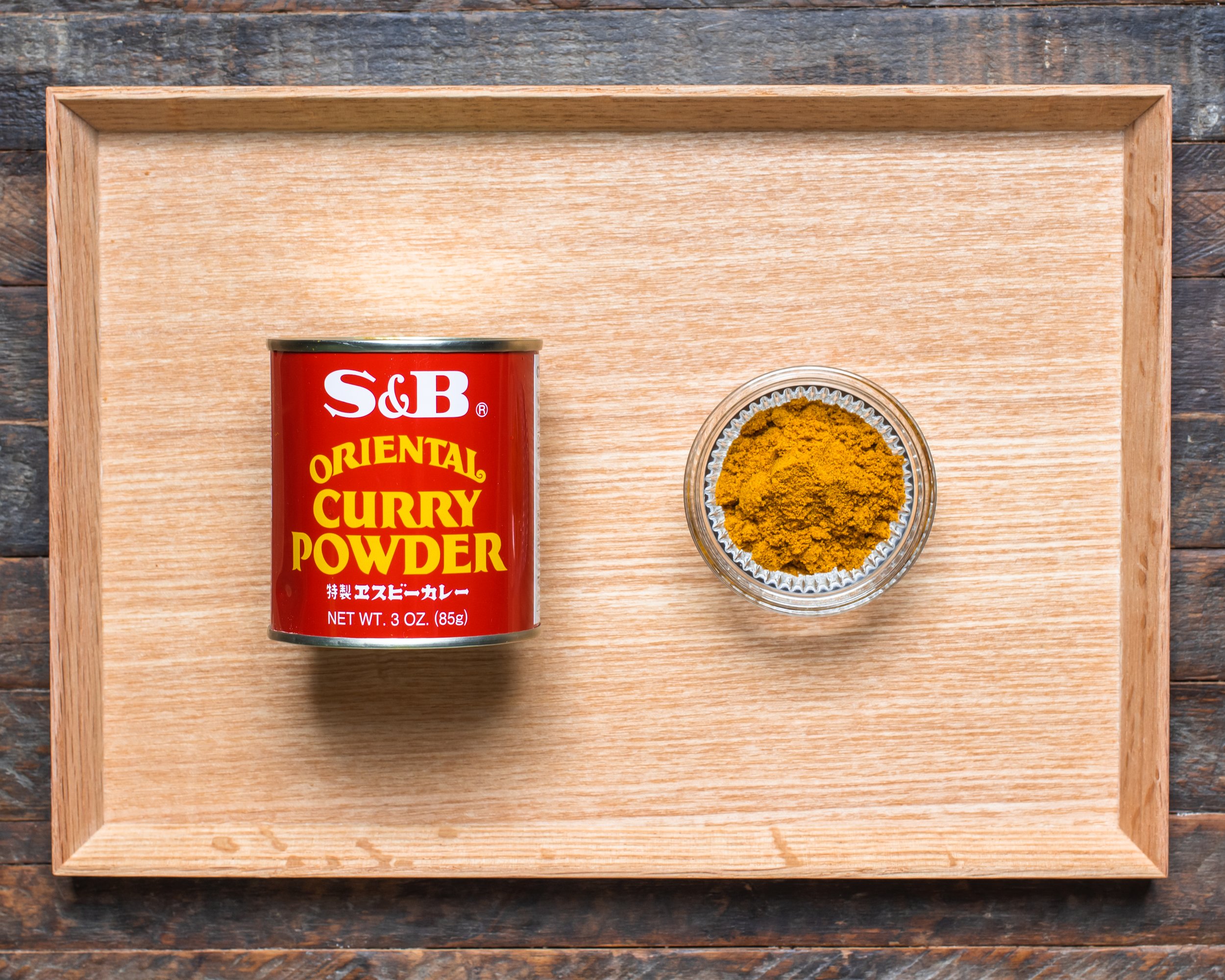
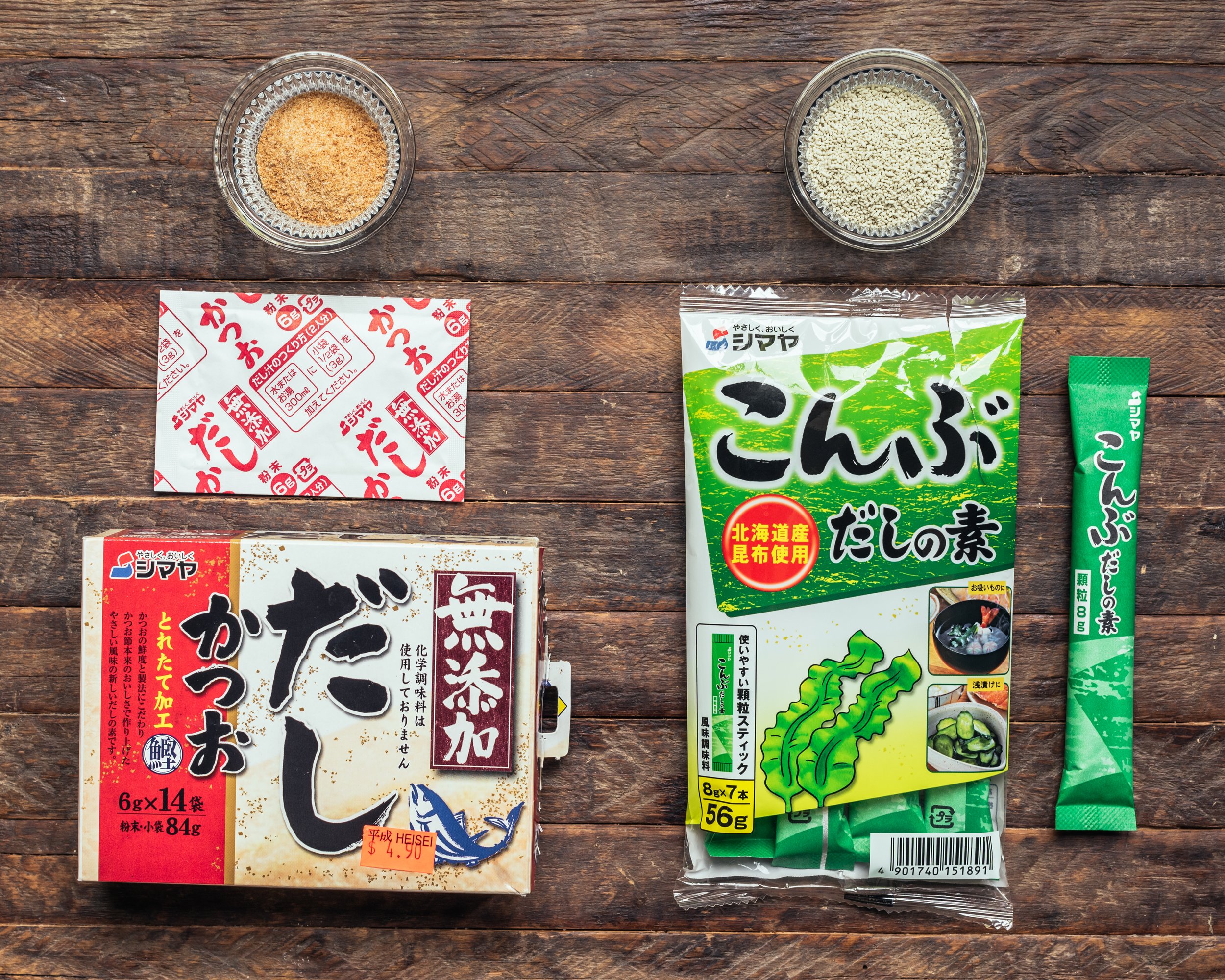

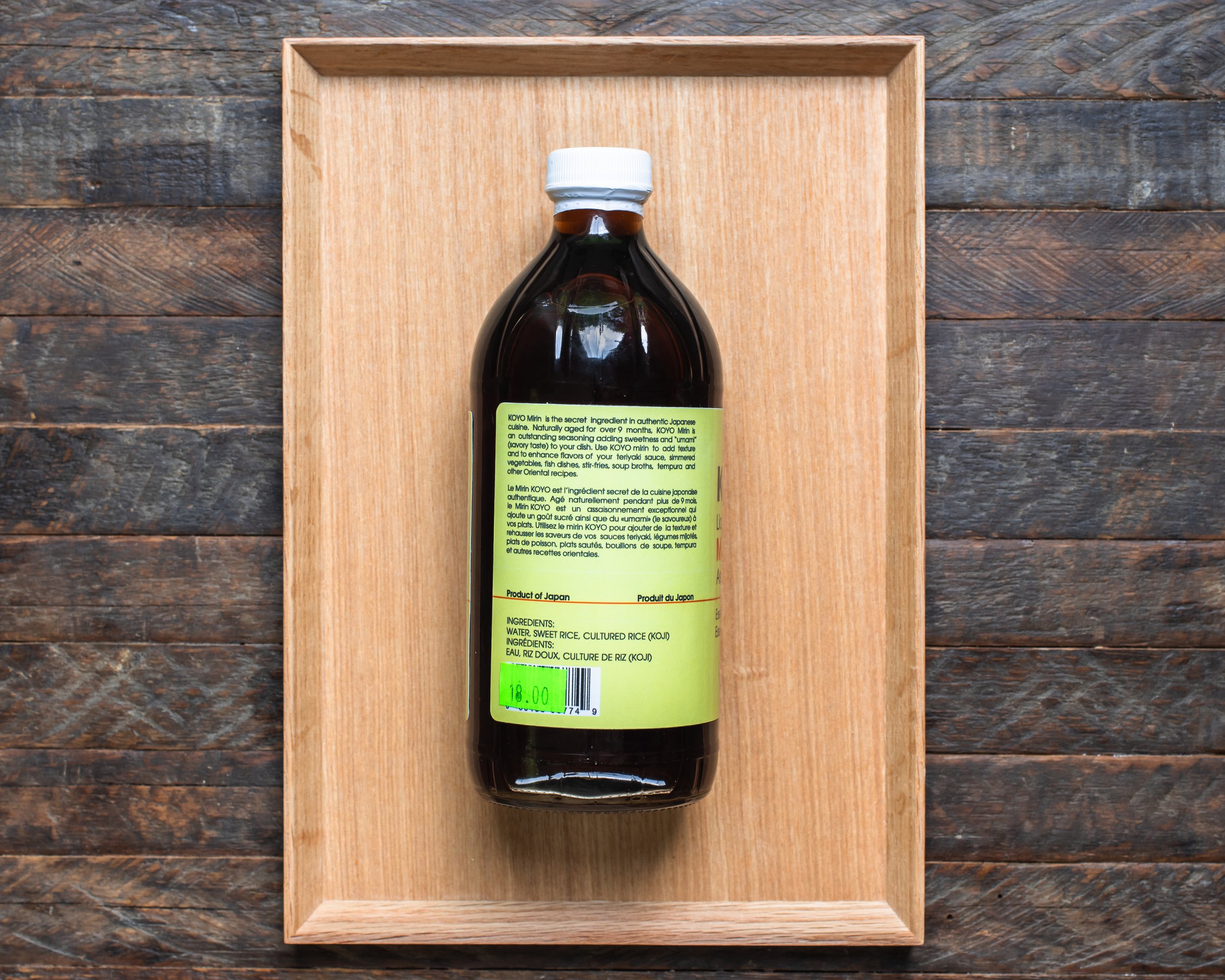







Hi, I’m Sonia
I share recipes inspired by my food cravings and what I make for my family. My role as a working mom of two girls, my life in Toronto Canada and my background as a Chinese immigrant from Hong Kong all inform the things I love, crave and create. This means an emphasis on wholesome recipes that are approachable for busy weeknights and fun recipes to make on weekends and for friends!
homemade food to nourish and indulge …
More about Sonia >